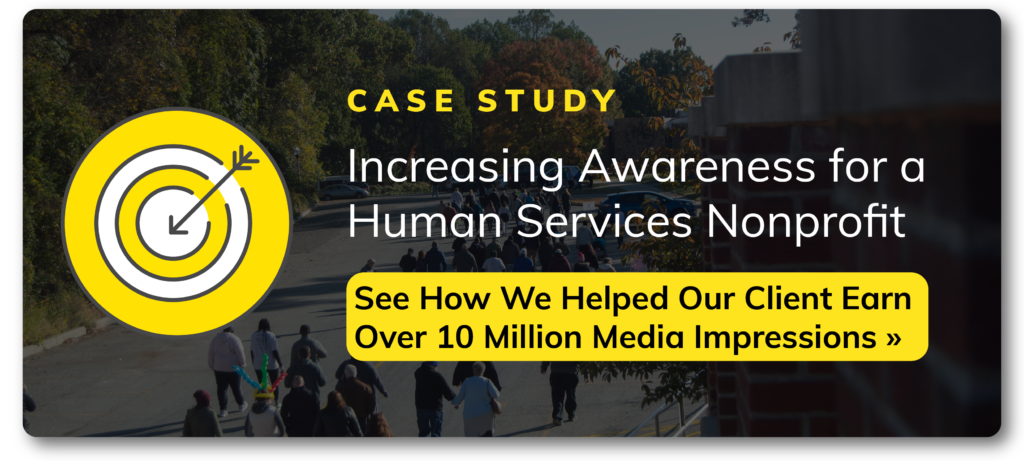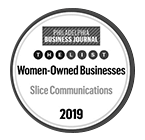Nonprofit Marketing and Communications
Our team at Slice has a long history of supporting nonprofits. We have worked with them in several capacities by partnering with them as clients, supporting them as donors, and leading them as board members. Our experiences show that nonprofit marketing has unique objectives, goals, and challenges. However, according to the Nonprofit Communications Trends Report by the Nonprofit Marketing Guide, less than 36% of nonprofits ranked their communications as very effective.
Developing a Nonprofit Marketing Plan
For many nonprofits, there’s a common misconception about the benefits of their marketing and communications plan that was best explained in our interview with Melanie Hidalgo-Britt, the Chief Marketing Officer of Coded by Kids:
“The way marketing communications is typically done in non-profits minimizes its usefulness in growth and creating opportunity… All non-profits are ‘selling’ something and should treat their strategy for marketing and growth as such.”
Like for-profit businesses, nonprofits have clear goals and objectives they are trying to achieve. Those goals vary from nonprofit to nonprofit and can be impacted by many factors. At Slice, our team focuses on seven key business goals. Below are some of the most important that nonprofits often focus on.
- Brand Awareness. In the nonprofit sector, it’s easy to be grouped as one of a dozen organizations aiming to “help the community.” Brand awareness is key for helping your nonprofit stand out, whether that’s because of the work you’ve done, your unique viewpoint, or your unique approach.
- Lead Generation. Unlike other businesses, “leads” can be defined in several ways. If funding comes from corporate partnerships or grants, leads may be defined as the key decision makers at target businesses. However, if funding is from individual donors, leads will be the breadwinners of families in the community.
- Thought Leadership. To separate yourself from partner and competitor nonprofits, a key tactic is to elevate your thought leadership platform. Anyone can share an anecdote on what a nonprofit does. However, not everyone can talk personally about the communities they serve or educate audiences on industry trends through owned data, gathered from hands-on experience.
Once your top one or two goals are determined, the next is to identify your target audience. For most businesses, prioritizing audiences is valuable. However, for nonprofits especially, there are several audiences that must constantly be kept in mind. Determining who to prioritize is the top priority when starting to develop an effective strategy.
With your goals and audiences in mind, it’s time to work on the overall strategy. The key to an effective strategy is to develop clear messaging, as nonprofit messages often get extremely muddled due to changing boards, executive directors, and staff. But with your long-term strategy in hand, you can begin execution.
Executing a Nonprofit Public Relations Plan
In an increasing competitive media landscape, nonprofits have to vie with breaking news and national stories for attention. News cycles change daily, and staying on top of what’s trending is essential to have any chance of inserting your nonprofit into the limelight.
For starters, that’s why successful PR strategies ensure that public relations professionals focus on building relationships with the right reporters. However, even after these relationships are formed, you still can’t pitch them anything—it has to be newsworthy. For nonprofits, there are several things that are especially newsworthy for reporters:
- Major Organizational Milestones. Milestones can include organizational anniversaries, leadership changes, and more. Articulating the benefits of these changes, while weaving in the mission of your nonprofit, is key to success.
- Event and Fundraiser Announcements. Timeliness is one of the key factors to newsworthiness. Old news isn’t interesting for reporters. Major events, fundraisers, and partnership announcements have the opportunity to get interest from the media.
- Human Interest Stories. People are interested in people. Human interest stories draw readers in by focusing on personal stories. As a nonprofit, sharing the stories of those you help can give personal views into the struggles facing communities both locally and nationally.
Additionally, if thought leadership is one of your primary business goals, seeking out speaking opportunities and industry awards can be a cost-efficient way of making a name for your organization.
- Speaking Engagements. Countless organizations exist to support the collaborative nature of nonprofit professionals, and many of these groups host regular conferences that showcase their members’ work. Whether you’re sharing a successful case study from your organization at the American Marketing Association’s Nonprofit and Cause Marketing conference, or talking about best practices in virtual fundraising at the annual DonorPerfect conference, you’re positioning yourself as a helpful resource for your colleagues.
- Award Opportunities. Seek out awards in your field with no entry fees (they exist!) and use these opportunities to showcase your impact. Your award-winning campaign could inspire peers and colleagues, so don’t be shy.
Leveraging Social Media for Nonprofits
To update your community daily, nonprofits need to effectively leverage social platforms. One of the biggest mistakes they make is posting the exact same content across platforms. While we at Slice believe in the value of repurposing content to be used in several ways, posting uniformly across channels ignores the tones and nuances of each platform and their algorithms. Some common platforms include:
- Facebook. For many nonprofits, their strongest communities exist on Facebook. People often use this channel to engage with family and friends, and so connecting with people here can allow followers to leverage built-in fundraising tools to extend your reach organically.
- Instagram. Although owned by Facebook, Instagram is much more visual than their parent company. Compelling photography and short videos can get people engaged. Additionally, through Instagram Stories, events can be shared live and reach people who are unable to attend.
- Twitter. More so than on other platforms, Twitter is ideal for timely conversations and breaking news. Having a strong presence on this platform can allow nonprofits to engage directly with new trends and breaking news.
- LinkedIn. For nonprofits looking to reach corporate partners, LinkedIn may be the most direct channel. LinkedIn boasts several features, such as Sales Navigator and LinkedIn Pulse, that can benefit nonprofits. Sales Navigator allows you to target messaging towards individuals based on job titles, companies, and more, while Pulse allows you to share thought leadership natively on the platform. This feature could potentially help with identifying matching gift contributors, corporate volunteer groups, or grant departments.
Finally, in order to reach new and potential donors, paid social media advertising offers a chance to reach new audiences.
- Develop donors. Think of paid social as a way to develop relationships with potential donors before making the direct ask. Tell your most impactful stories of how you’re really affecting change, and pay to target an audience that is most likely to care to take action. Then, using the tools built into Facebook, Instagram, LinkedIn, and Twitter, you can retarget the most engaged audience members with a more direct ask.
- Leverage cross-platform communication. Do you find that it’s easier to tell your story over email? Use paid social media to collect email addresses for your newsletter, where you’ll have more space to showcase your impact.
- Convert fans and followers to members. In addition to warming up potential donors with the retargeting approach mentioned above, paid social is also an effective way to drive other conversions. For instance, Slice worked with DRWC to drive ticket sales for their seasonal events that support their year-round nonprofit efforts. The results? For every $1 spent on Facebook ads, $6.20 was earned.
Benefits of Having a Nonprofit Email Marketing Strategy
For nonprofits, the first step in setting up an effective email marketing plan is determining what tool you will be using for email marketing. Some nonprofit CRMs have built-in email platforms, while others have direct integrations with platforms like MailChimp and Constant Contact.
With a tool determined, segmenting any pre-existing lists will allow you to ensure your emails are going to the right people. Some major segments that all nonprofits should have include donors, volunteers or members, and partners.
To engage with these audiences, there are several different types of emails to leverage.
- Newsletters. Broadcast newsletters are normally distributed to your entire list, and offer a high-level overview of what’s been happening for a certain time period. These emails are a great way to stay top of mind with your contacts and an easy opportunity to plug any upcoming events and community stories.
- Automations. Automated emails are essential for nonprofits. Between welcome series that nurture new contacts with information around your work, to follow-ups that remind donors of how valuable they are, automated sequences can save your team time.
- Event Invitations. Email, more than any other channel, drives event signups. Expand event promotional plans by including a series of emails, targeted to relevant audiences and tailored to the right attendees.
Elevate Your Nonprofit Marketing and Communications Plan
Need help elevating your nonprofit’s strategy? Fill out the form below to get in touch with our experts to determine what tactics might work best for your team and see if Slice is an excellent fit to serve as your nonprofit marketing agency.

